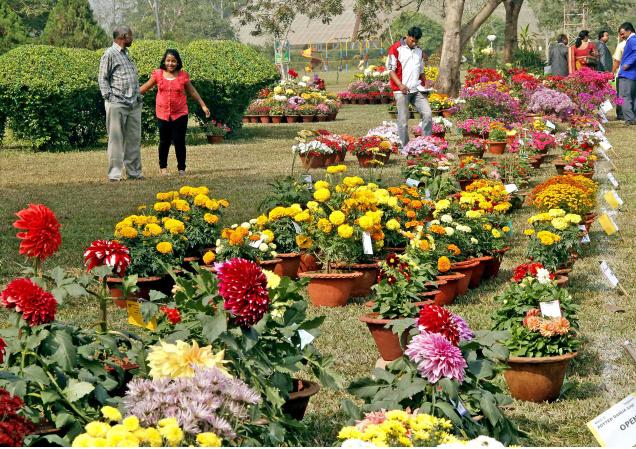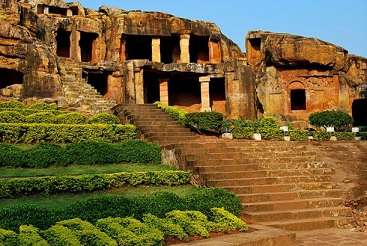The Regional Plant Resource Centre here is set to develop a garden of 200 plant species that play a role in the day-to-day rituals of Puri Jagannath temple deities. Puri king Gajapati Dibyasingh Deb has agreed to inaugurate the garden.
The garden, to be situated inside the botanical garden of the centre, will be situated between the children’s park and the fragrant flower garden. The plant species for this garden have already been identified. Around 120 species have been collected so far.
“We will have all the plants needed for the different rituals of the three deities. As there is no scope to see all the plants at one place, the garden will help the visitors to take a look at all plants associated with the Lord and His siblings,” said Pratap Chandra Panda, principal scientist, Regional Plant Resource Centre.
Established in 1985, the The Regional Plant Resource Centre has a collection of 321 species of trees, 237 medicinal plants, 59 palms, 27 bamboos, 101 native and exotic orchids and 32 endangered plant varieties. It has also got an impressive collection of cacti.
The Puri Jagannath temple will celebrate Nabakalebar in July next year when the old idols will be replaced with new ones. The ritual takes place after every 12 to 18 years. The new idols are made with specialised neem timber known as “Daru brahma”. The last Nabakalebar was held in year 1996. The festival in 2015 is expected to draw 30 lakh plus devotees.
Mr. Panda said: “The cult of Jagannath is unique and its association with nature is also a well-known fact. While the timber used to create the idols comes from neem trees (Azadirachta indica), the wood of phasi (Anogeissus acuminata) is mainly used to construct the chariots. There are also plants whose flowers are specifically used for different rituals of Lord Jagannath, Lord Balabhadra and Devi Subhadra.”
Panda said since July 2000, the forest department had been running the Jagannath Vana Prakalpa to produce timber needed for car festivals. Under the programme, the state government has already included the plantation of asan, arjuna, dharua, gambhari, kadamba, simli, mahalimba and kansa species for meeting the timber requirements during the car festival.



Comments are closed